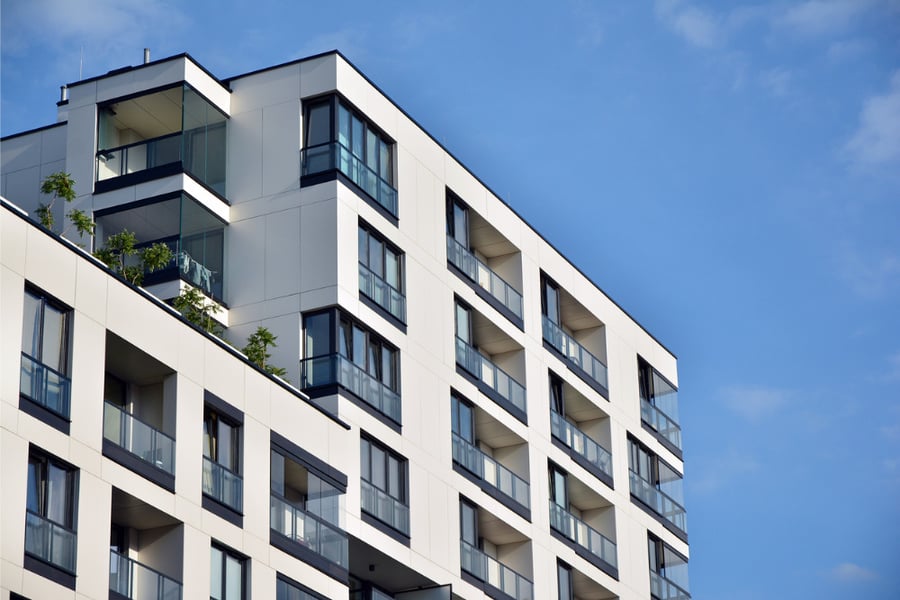The far-reaching bill contains legislation that builds on Ontario's More Homes, More Choices Act

Ontarians may still be wary of going back to the office, but the provincial legislature has had a very busy July. After passing the controversial Bill 184 on July 6, and the far less contentious Bill 159 eight days later, the Ontario government passed yet another bill last week that should be of interest to the province’s realtors, mortgage brokers, and home buyers.
While Bill 197 is unlikely to make headlines for its real estate components – it is an exceptionally broad piece of legislation – it could lead to increased costs for developers. Anyone who has dabbled in the new construction space will know what that means.
“At the end of the day, when they say ‘The developer has to pay this, and the developer has to pay that,’ there’s only one person who pays for that – that’s you and me who buy the house,” says Leor Margulies of Robins Appleby Barristers and Solicitors. “The developer doesn’t pay for anything. If the cost is too high, he doesn’t do the project. If the cost can be passed on in a purchase price, then the purchaser pays for that.”
Essentially a companion piece to the province’s much-touted Bill 108, aka the More Homes, More Choices Act, Bill 197 tweaks Bill 108 in three ways that could lead to higher prices in much of Ontario.
Increased development charges
In the mid-1990s, under Mike Harris’ Progressive Conservative government, developers were given a minor break on the development charges associated with new projects. While they were required to pay 100 percent of the expected hard costs – the infrastructure costs forced onto cities because of local population growth – developers were only asked to pay 90 percent of the expected soft costs – the money a municipality would require to provide services to that growing population, like social housing or libraries.
Bill 197 puts an end to that 10 percent discount.
“Now, developers pay 100 percent of the soft cost component of the development charge, which means that gets added to the cost, and that gets passed on to purchasers,” Margulies says. “That’s a big change.”
Section 37
Section 37 of Ontario’s Planning Act, which essentially allows cities to ask for benefits in exchange for density-increasing amendments to a development’s zoning, received a significant tweak.
Prior to Bill 197’s passing, Margulies says there was no formula in place to calculate what a developer owed a municipality under Section 37. The municipality may ask for money, day care facilities, art – whatever it wants, really, with no pre-set limits.
“There’s historical precedent, but it really is the wild west,” Margulies says, adding that the city of Toronto alone is currently sitting on around $600 million worth of unspent Section 37 collections.
Under Bill 197, 60 percent of the money collected must be spent or designated for spending every year. The bill also implements a formula for calculating what developers owe municipalities if their zoning needs change – a set percentage of the site’s total land value.
“What we don’t know is what that percentage is,” says Margulies. “We think it will be under 10. I think the industry feels two percent is correct.”
Either way, prices are likely to increase, particularly in municipalities where Section 37 funds were not previously being collected.
Parkland dedication fees
Once change contained in Bill 197 may actually benefit buyers.
Bill 197 contains significant changes to the province’s approach to calculating parkland dedication fees. In Ontario, developers are required to dedicate a certain percentage of the area they are developing to green space. For residential projects, it’s equivalent to five percent of the land in question. Because few developers in densely populated areas have the luxury of having that much extra space to play with, they have been given the option of paying cash instead.
But the cash option is by no means a lifeline for developers. Because of the formula used by the province to calculate the rate of parkland dedication fees, the equivalent of one hectare of land per 500 units, they tend to be brutally expensive. Margulies explains that in the 905 area code, parkland fees have ranged between $20,000 and $60,000 per unit.
“Developers have been fighting very hard with municipalities to cut them back,” he says.
Their calls for a more realistic formula for determining parkland fees are not reflected in Bill 197. But developers now have the option of appealing fees they find to be arbitrary and egregiously expensive – a definite win. Going forward, parkland development fees will need to be justified by a background study that explains a municipality’s future parkland needs.
But what form those studies take, and their eventual cost implications for developers and buyers, are anybody’s guess.



